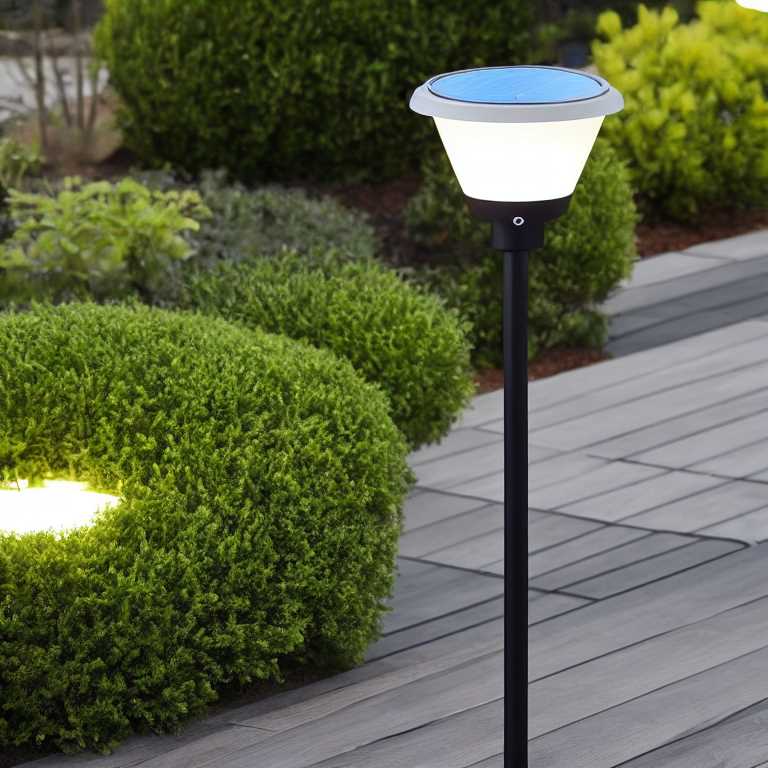How to fix a solar light

Solar lights are an excellent alternative to traditional outdoor lighting options. They are easy to install, require no wiring, and are eco-friendly. However, like any other electrical device, solar lights can develop problems over time. If you have a solar light that is not working correctly, you may be wondering how to fix it. In this article, we will discuss some common problems with solar lights and how to fix them.
1. Check the battery
The battery is the heart of a solar light. If the battery is dead, the light will not work. To check the battery, turn off the solar light and remove the battery. Use a multimeter to test the battery's voltage. If the battery is dead, replace it with a new one. Make sure to use the same type of battery that the solar light came with.
2. Clean the solar panel
Dirt and dust can accumulate on the solar panel over time, reducing its ability to absorb sunlight. If the solar panel is dirty, clean it with a soft cloth and some soapy water. Be gentle and avoid scratching the surface. Rinse the panel with clean water and let it dry before reinstalling it.
3. Check the wiring
Loose or damaged wiring can cause a solar light to malfunction. Check the wiring connections between the solar panel, battery, and LED lights. Make sure that all connections are tight and secure. If you find any damaged wires, replace them with new ones.
4. Reset the solar light
Sometimes, a solar light may stop working for no apparent reason. In such cases, resetting the light may fix the problem. To reset a solar light, turn it off and wait for 30 seconds. Turn it back on and see if it starts working again. If not, try resetting it again.
5. Replace the LED light
If the solar light is still not working after checking the battery, cleaning the solar panel, checking the wiring, and resetting it, the LED light may be the problem. Over time, LED lights can burn out or become damaged. To replace the LED light, open the solar light and remove the old LED. Install the new LED light in its place and reassemble the solar light.
6. Move the solar light
Sometimes, a solar light may not be getting enough sunlight to charge its battery. If this is the case, move the solar light to a location where it will receive more sunlight. Make sure that the solar panel is facing south and is not blocked by trees or buildings.
7. Check the switch
Some solar lights have an on/off switch that can become stuck or damaged over time. If the switch is stuck, try moving it back and forth to see if it loosens up. If the switch is damaged, replace it with a new one.
8. Replace the solar panel
If the solar panel is damaged or broken, the solar light will not work. If you have tried cleaning the solar panel and moving the light to a sunnier location, but it still does not work, replace the solar panel. You can find replacement solar panels online or at a hardware store.
9. Check the light sensor
The light sensor is what triggers the solar light to turn on at night. If the light sensor is not working, the solar light may not turn on or may stay on during the day. To test the light sensor, cover it with your hand and see if the light turns on. If it does, the sensor is working correctly. If not, replace the light sensor.
Solar lights are a great way to light up your outdoor space without using electricity. However, they can develop problems over time. If your solar light is not working correctly, follow these steps to troubleshoot and fix the problem. Remember to always be safe when working with electrical devices and to use the proper tools and equipment. With a little effort, you can have your solar light working like new again.